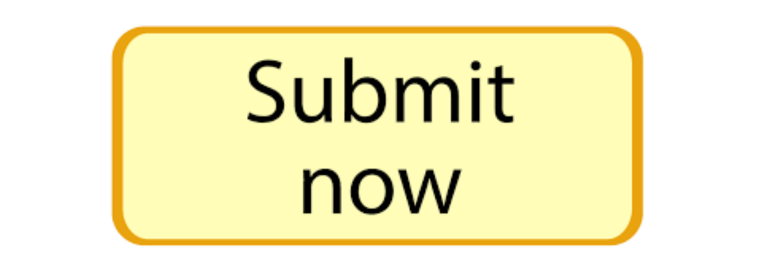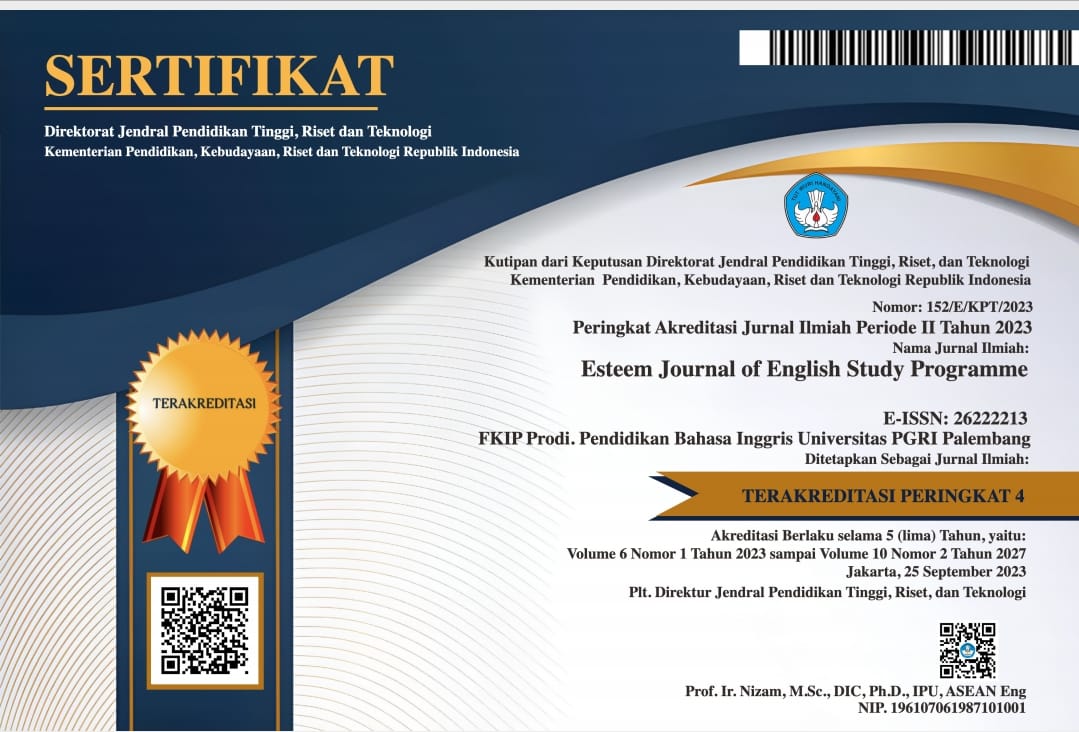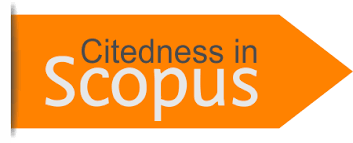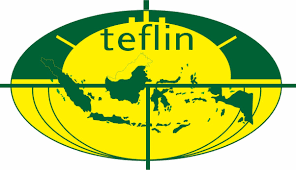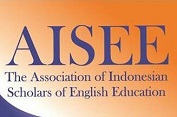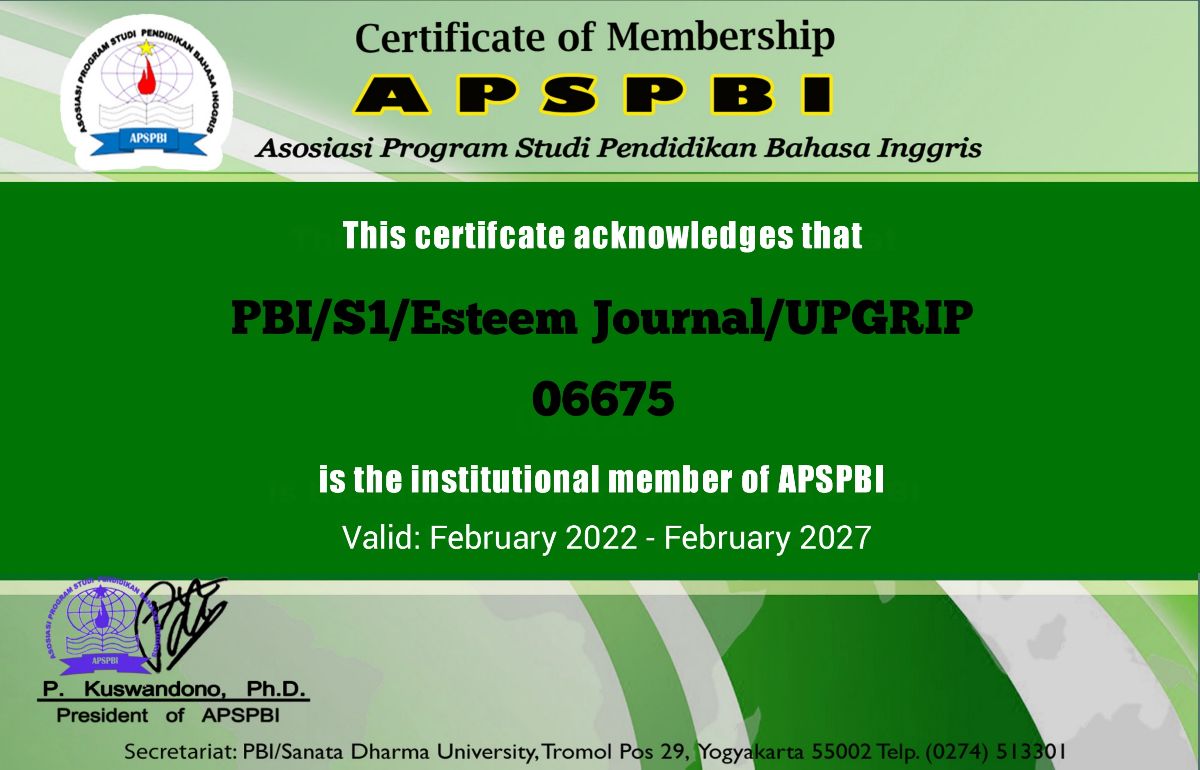THE EFFECT OF STRIP STORY MEDIA ON STUDENTS' LEARNING OUTCOMES
DOI:
https://doi.org/10.31851/esteem.v8i1.17765Keywords:
Teacher, Students, Strip story media, ConventionalAbstract
Effective communication between teachers and students plays a crucial role in the success of the learning process. Poor communication can hinder the delivery of material, making the learning process less engaging. One method to enhance learning engagement is through the use of strip story media. This medium is practical, simple, and enjoyable, supporting both teachers and students in creating a dynamic learning environment. This study aims to investigate the effect of using strip story media on students' learning outcomes in social studies. The research employed a one-group pretest-posttest experimental design. The results showed that the average score of students using strip story media was 80, higher than the control group's average score of 95. Statistical analysis using the Independent Sample t-Test indicated a significant effect, with the calculated t-value (t_calculated = 9.149) exceeding the critical t-value (t_table = 2.564) and a significance level (Sig = 0.000) below 0.05. This led to the rejection of the null hypothesis (H0) and the acceptance of the alternative hypothesis (Ha), confirming that strip story media significantly impacts the social studies learning outcomes of fourth-grade students at SD Negeri 080 Panyabungan. In conclusion, strip story media positively and significantly affects students' learning outcomes. The findings imply the need for integrating innovative teaching media like strip stories to enhance learning. Future research could explore its application in other subjects or educational levels to expand its benefits.
References
Ardena, O. Y., & Fatimah, S. (2021). English teachers’ perceptions on the use of technology-based media in teaching English during Covid-19 pandemic: A descriptive sudy at SMA N 9 Padang. Journal of English Language Teaching, 10(2), 285–289. https://doi.org/10.24036/jelt.v10i2.112480
Ardliana, B., Rusdarti, R., & Suminar, T. (2021). Effect of Principal Leadership, School Culture and Pedagogic Competence Through Work Motivation on Teachers Performance. Educational Management, 10(2), 273–283. http://journal.unnes.ac.id/sju/index.php/eduman%0Ahttps://journal.unnes.ac.id/sju/index.php/eduman/article/view/47208/19821
Arikunto, S. (2009). Metodelogi Penelitian. Bina Aksara.
Arta, A., Faizal, M. A., Asiyah, B. N., & Mashudi. (2023). The Role of Edupreneurship in Gen Z in Shaping Independent and Creative Young Generation. Maro: Jurnal Ekonomi Syariah Dan Bisnis, 6(2), 231–241. https://doi.org/10.31949/maro.v6i2.5673
Bereczki, E. O., & Kárpáti, A. (2021). Technology-enhanced creativity: A multiple case study of digital technology-integration expert teachers’ beliefs and practices. Thinking Skills and Creativity, 39(November 2020). https://doi.org/10.1016/j.tsc.2021.100791
Creswell, J. W. (2013). John W. Creswell-Research Design_ Qualitative, Quantitative, and Mixed Method Approaches-SAGE Publications (2013).pdf (p. 273).
Darimi, I. (2017). Information And Communication Technologies Sebagai Media Pembelajaran Pendidikan Agama Islam Efektif Era Teknologi Informasi. CYBERSPACE Jurnal Pendidikan Teknologi Informasi, 1(2), 111–121. https://doi.org/http://dx.doi.org/10.22373/cs.v1i2.2030
Dash, B. B. (2022). Digital tools for teaching and learning English language in 21st Century. International Journal of English and Studies, 4(2), 8–13. https://doi.org/10.47311/IJOES.2022.4202
Destriana, Dian Nuzulia Armariena, & Marleni. (2024). Development of Comics Based Learning Media in Class 2 Theme 5 Material My Experience At Home. Esteem Journal of English Education Study Programme, 7(2), 437–445. https://doi.org/10.31851/esteem.v7i2.15130
Fikriyah, Q. (2019). Pengaruh media strip story terhadap hasil belajar siswa Kelas V MI El-Ziyan pada mata pelajaran IPS [UIN Syarif Hidayatullah Jakarta]. http://repository.uinjkt.ac.id/dspace/handle/123456789/44658
Fraenkel, J. R., Wallen, N. E., & Hyun, H. h. (2014). How To Design And Evaluate Research In Education (Eighth Edi). McGraw-Hill Education.
Jaya, A., Hermansyah, & Rosmiyati, E. (2019). Redefining Project Based Learning In English Class. Esteem Journal of English Education Study Programme, 2. https://doi.org/https://doi.org/10.31851/esteem.v2i2.2423
Kartini, D., Kristiawan, M., & Fitria, H. (2020). The Influence of Principal’s Leadership, Academic Supervision, and Professional Competence toward Teachers’ Performance. International Journal of Progressive Sciences and Technologies (IJPSAT), 20(1), 156–164. https://doi.org/http://dx.doi.org/10.52155/ijpsat.v20.1.1730
Lara-Aparicio, M., López-Fernández, I., & Mayorga-Vega, D. (2024). Effect of creative and reproductive dance sessions on high school students’ physical activity, perceived exertion, and flow state. Retos, 58, 147–156. https://doi.org/10.47197/retos.v58.106120
Listiqowati, I., Budijanto, Sumarmi, & Ruja, I. N. (2022). The Impact of Project-Based Flipped Classroom (PjBFC) on Critical Thinking Skills. International Journal of Instruction, 15(3), 853–868. https://doi.org/10.29333/iji.2022.15346a
Merta, L. W. S., Ratminingsih, N. M., & Budasi, I. G. (2023). The Integration of Technology in English Language Teaching to Stimulate Students’ Critical Thinking. Language Circle: Journal of Language and Literature, 17(2), 333–341. https://doi.org/10.15294/lc.v17i2.39097
Nafi’a, M. Z. I., Kuswandi, D., & Wedi, A. (2022). Pengembangan Desain Pembelajaran Multiliterasi Berbasis Tringo dalam Pembelajaran Menulis Teks Eksposisi Siswa SMA. JKTP: Jurnal Kajian Teknologi Pendidikan, 5(4), 349. https://doi.org/10.17977/um038v5i42022p349
Oe, H., Yamaoka, Y., & Ochiai, H. (2022). A Qualitative Assessment of Community Learning Initiatives for Environmental Awareness and Behaviour Change: Applying UNESCO Education for Sustainable Development(ESD) Framework. International Journal of Environmental Research and Public Health, 19(6). https://doi.org/10.3390/ijerph19063528
Pratiwi, F., Suharsih, S., & Fargianti, Y. (2022). Students’ Perception of Using Animation Video in Teaching Writing Narrative Text. Journal of Linguistics, Literacy, and Pedagogy, 1(1), 11–18.
Rengur, Zu., & Sugirin. (2019). The Effectiveness of using Comic Strips to Increase Students’ Reading Comprehension for the Eighth Grade Students of SMPN 1 Pundong. Proceedings of the 6th International Conference on Educational Research and Innovation (ICERI 2018), 330, 239–243. https://doi.org/10.2991/iceri-18.2019.49
Richards, J. ., & Renandya, W. . (2002). Methodology in Language Teaching: An Anthology of Current Practice. Cambridge University Press.
Safitri, R., Alnedral, Gusril, Sujana Wahyuri, A., & Ockta, Y. (2024). The Impacts of the Project-Based Learning and Problem-Based Learning Models with Self-Confidence on Students’ Learning Outcomes. IRJE |Indonesian Research Journal in Education| |Vol, 8(1), 269–283. https://doi.org/10.22437/irje
Sari, A., Jaya, A., Hermansyah, H., & Mortini, A. V. (2022). Using Mixidea Online Debating Strategy To Promote the Students’ Speaking Ability. Esteem Journal of English Education Study Programme, 5(2), 298–303. https://doi.org/10.31851/esteem.v5i2.8591
Snyder, L. G., & Snyder, M. J. (2008). Optional Teaching Critical Thinking and Problem Solving Skills. The Journal of Research in Business Education, 50(2), 90.
Sugiyono. (2021). Metode Penelitian Pendidikan (Kuantitatif, Kualitatif, Kombinasi, R&D dan Penelitian Pendidikan) (A. Nuryanto (ed.); Kedua). Alfabeta, CV.
Supardi. (2013). Effective Schools Basic Concepts and Practices. PT Rajagrafindo Persada.
Suryani, A., Soedarso, S., Windiani, W., Hanoraga, T., Harmadi, S. H. B., & Setyaningsih, Y. (2022). The Social Dimensions of Creativepreneurship Education: Unleashing Youth’s Creative Potentials through Teamwork and Collaborative Creativity. International Journal Pedagogy of Social Studies, 7(1), 43–58. https://doi.org/10.17509/ijposs.v7i1.45766
Syofyan, H., Fadli, M. R., Lestari, M. R. D. W., & Rosyid, A. (2024). Optimizing Science Learning through Differentiated Models to Improve Science Literacy in the Digital Era. Multidisciplinary Reviews. https://malque.pub/ojs/index.php/mr/article/view/6572
Downloads
Published
Issue
Section
License
Copyright (c) 2025 Amanda Sari Nasution, Rahmi Seri Hanida, Hanifah Oktarina

This work is licensed under a Creative Commons Attribution-NonCommercial-ShareAlike 4.0 International License.
Copyright Notice
Authors who publish with this journal agree to the following terms:
In order to assure the highest standards for published articles, a peer review policy is applied. In pursue of the compliance with academic standards, all parties involved in the publishing process (the authors, the editors and the editorial board and the reviewers) agree to meet the responsibilities stated below in accordance to the Journal publication ethics and malpractice statement.
Duties of Authors:
- The author(s) warrant that the submitted article is an original work, which has not been previously published, and that they have obtained an agreement from any co-author(s) prior to the manuscript’s submission;
- The author(s) should not submit articles describing essentially the same research to more than one journal;
- The authors(s) make certain that the manuscript meets the terms of the Manuscript Submission Guideline regarding appropriate academic citation and that no copyright infringement occurs;
- The authors(s) should inform the editors about any conflict of interests and report any errors they subsequently, discover in their manuscript.
Duties of Editors and the Editorial Board:
- The editors, together with the editorial board, are responsible for deciding upon the publication or rejection of the submitted manuscripts based only on their originality, significance, and relevance to the domains of the journal;
- The editors evaluate the manuscripts compliance with academic criteria, the domains of the journal and the guidelines;
- The editors must at all times respect the confidentiality of any information pertaining to the submitted manuscripts;
- The editors assign the review of each manuscript to two reviewers chosen according to their domains of expertise. The editors must take into account any conflict of interest reported by the authors and the reviewers.
- The editors must ensure that the comments and recommendations of the reviewers are sent to the author(s) in due time and that the manuscripts are returned to the editors, who take the final decision to publish them or not.
Authors are permitted and encouraged to post online a pre-publication manuscript (but not the Publisher final formatted PDF version of the Work) in institutional repositories or on their Websites prior to and during the submission process, as it can lead to productive exchanges, as well as earlier and greater citation of published work (see The Effect of Open Access). Any such posting made before acceptance and publication of the Work shall be updated upon publication to include a reference to the Publisher-assigned DOI (Digital Object Identifier) and a link to the online abstract for the final published Work in the Journal.




